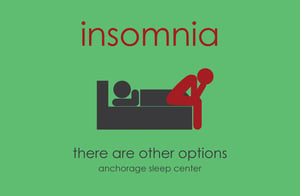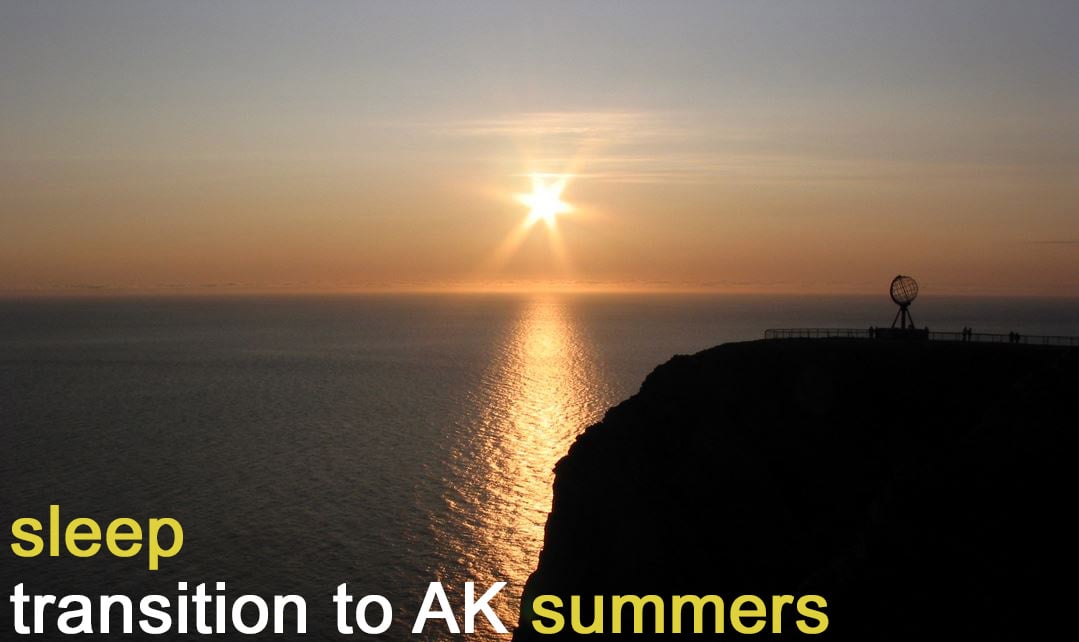Alaska spans over 1,300 miles from north to south, making it a vast state with noticeable variations in summer light transitions. While the southern parts of Alaska experience light transitions that are somewhat uncomfortable but not markedly different from much of the northern part of the contiguous United States, the transition becomes increasingly extreme from Anchorage northward.
The extent to which individuals need to prepare for this transition and its potential impact hinges on three primary factors: their geographical location within the state, their sensitivity to light, and most significantly, the measures they have undertaken to normalize their circadian rhythm during the winter.
Individuals who have diligently pursued any of the following measures may experience a smoother transition:
- Employing light therapy
- Maintaining consistent pre-sleep routines
- Regular physical exercise and adhering to consistent eating and drinking patterns
- Utilizing vitamin D therapy
See: Ways to keep a normal sleep schedule in Alaskan winters
Why Alaskan Winters Can Disrupt Sleep
Contrary to what you might initially expect, the long darkness is not always conducive to sleep. In Alaska’s dark winters, many people regularly struggle with insomnia and circadian rhythm disorders.
Why? For one, the extreme darkness can profoundly affect us emotionally, physiologically, habitually, and socially.
Second, melatonin (the hormone that regulates sleep) responds to light/darkness changes. A decrease in light changes decreases those cues.
Some are very good about maintaining consistent social lives, habits, and emotional equilibrium, but many may struggle with maintaining those relationships. In all cases, such changes can make it hard to sleep normally.
Why Alaskan Summers Can Disrupt Sleep

The transition to summer in AK can lead to insomnia symptoms
Alaskan summers can be bad for sleep due to the abundance of light. Just like extreme darkness, excess light can hinder the normal production of melatonin, which can disrupt your natural sleep-wake cycle. Moreover, the presence of substantial light can physically disrupt sleep as it requires active effort to block it out of the room, and psychologically, it can feel like daytime, making it harder to unwind and fall asleep.
Additionally, there is a sense of pressure during the summer to accomplish more, especially for those who have spent the winter months indoors. This pressure may be felt more strongly by Alaskans who do not enjoy winter.
Tips for Adjusting Sleeping During Alaskan Winters
The transition from summer to winter can be challenging for several reasons. There is a lot of potential for change in habits, activities, and socializing. Moreover, your circadian rhythm may have adjusted to the environment (darkness) and is now required to respond to different cues.
Some ways to help adjust are:
- Use light therapy in winter and early spring, until the actual light schedule matches that of your therapy regimen
- When you stop using light therapy, start using blackout curtains in your room
- Invest in good blinds to use in common rooms you spend time in to be used in the evening
- Try and get as much fresh air (walks are good!) as possible after work
- Try and be aware of how your habits change during the winter-summer transition and ease yourself into the “summer norm”
- Importantly, try and keep the same sleep schedule and routine
The reality is that seasonal insomnia or sleep disorders may be very difficult for you to prevent or mitigate. If you have tried everything and are still struggling, feel free to talk to us.


